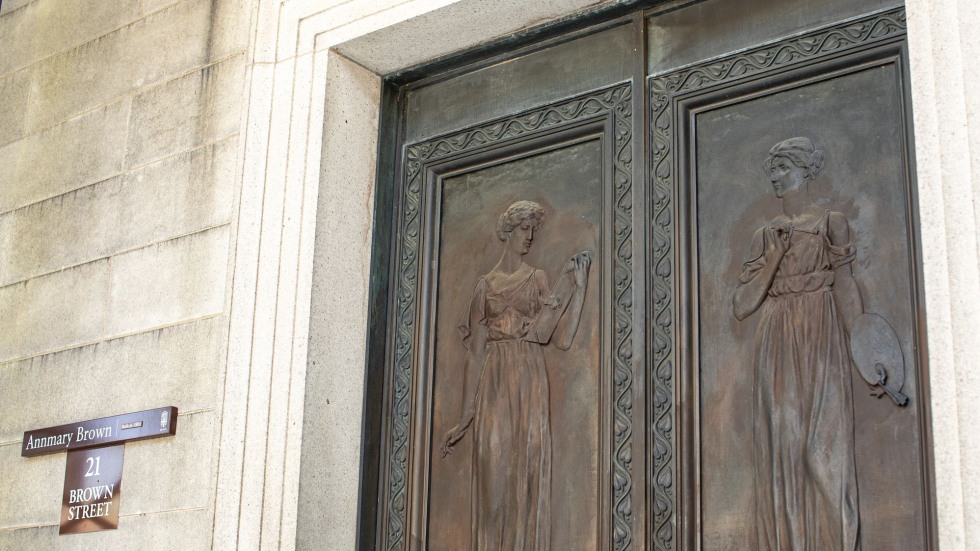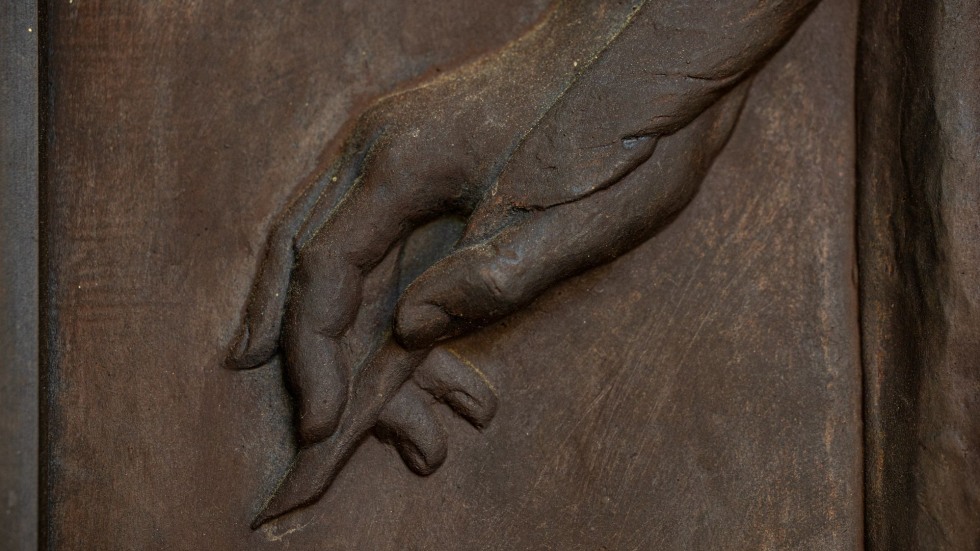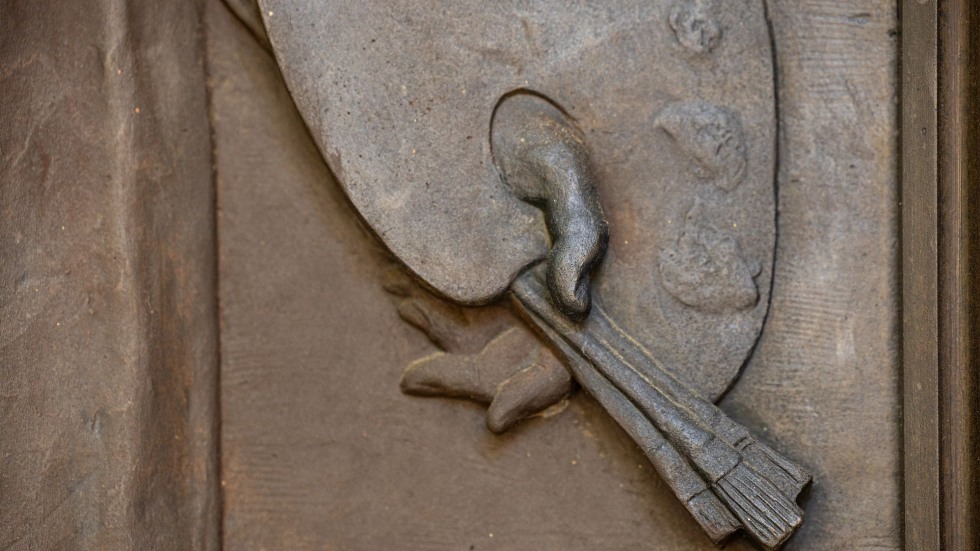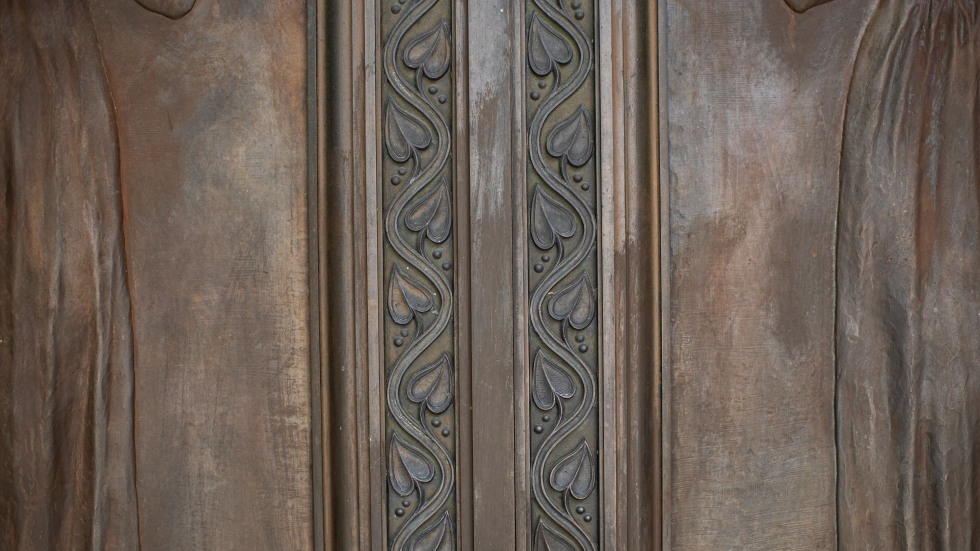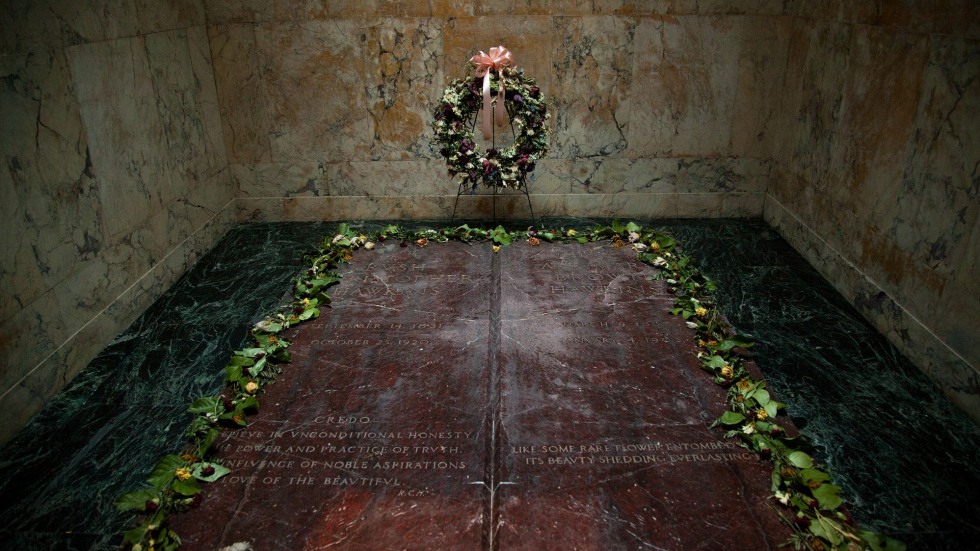PROVIDENCE, R.I. [Brown University] — Students, employees and visitors alike often make their way to Brown University’s College Green by walking along Brown Street — a familiar corridor with a campus building that may be unfamiliar to many: the Annmary Brown Memorial.
The imposing windowless structure with its crisp granite façade houses far more than the eye can see. Part museum, part memorial and part mausoleum, it is named in honor of Annmary Brown, the granddaughter of University namesake Nicholas Brown Jr. and sister of Carrie Mathilde Brown, for whom Carrie Tower is named.
Currently closed to the public while it undergoes renovations, the Annmary Brown Memorial contains an art gallery and is home to curated collections and other artifacts and artwork gleaned through Annmary Brown’s European travels with her husband, Rush Christopher Hawkins.
Hawkins, who was a New York politician and a commander of the 9th New York Zouaves during the Civil War, was also a distinguished art and book collector who admired private museums, including those of Henry Frick in New York and Isabella Stewart Gardner in Boston. He hoped that by creating his own private museum, he would achieve the same level of prominence and permanence, according to Brown University Library archives.
In the wake of Annmary Brown’s death from pneumonia in 1903 when she was in her 60s, Hawkins altered his plans and created a space that both displayed their collections and memorialized his late wife.
Designed by Rhode Island architect Norman Isham, the building opened in July 1907, festooned with distinctive doors made of bronze that feature elaborate etched allegorical representations of art and learning. Annmary Brown’s remains were laid to rest in a crypt at the rear of the structure, joined by her husband’s remains when he died in 1920.
